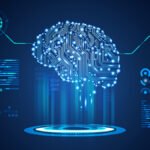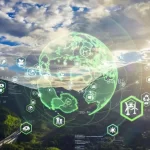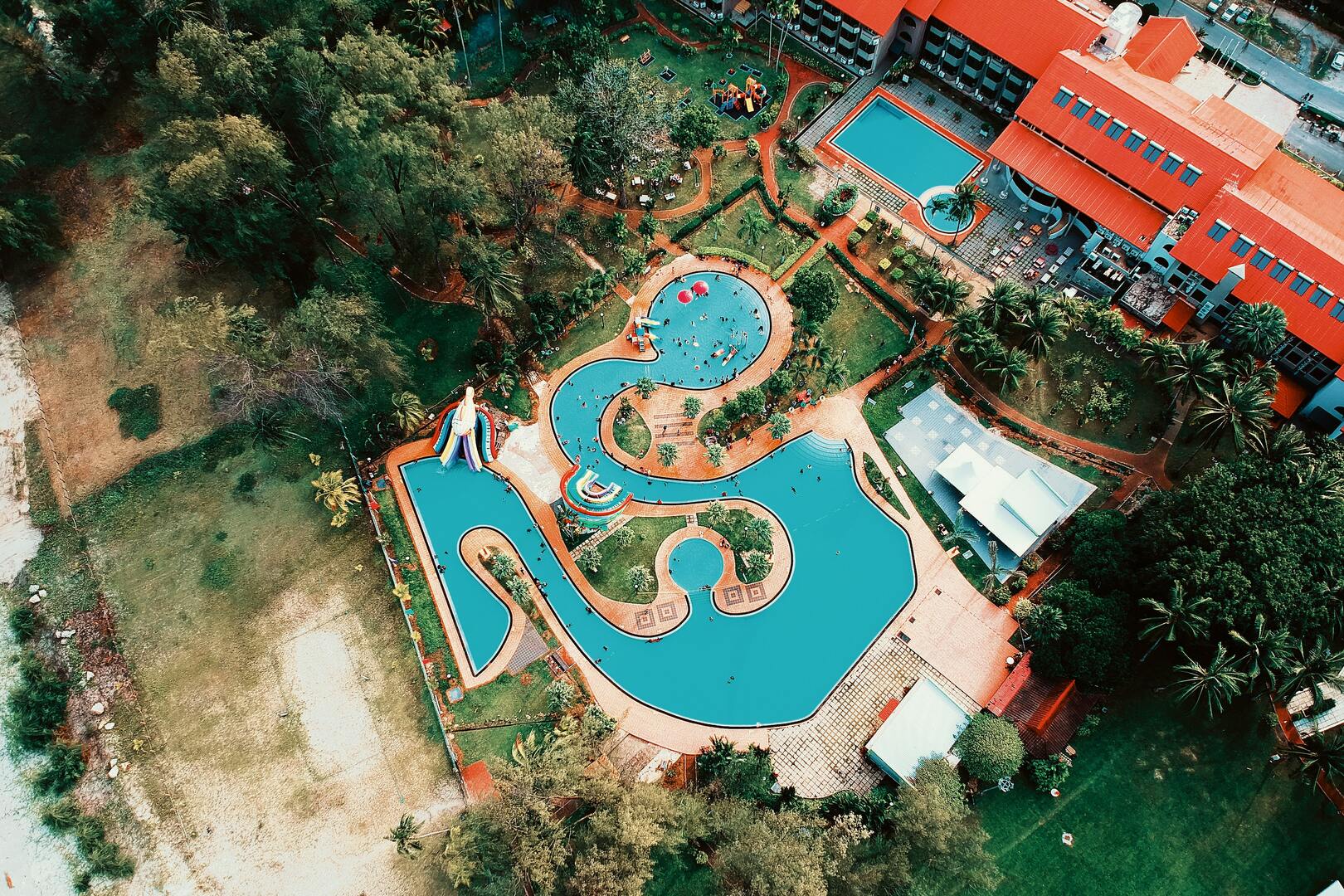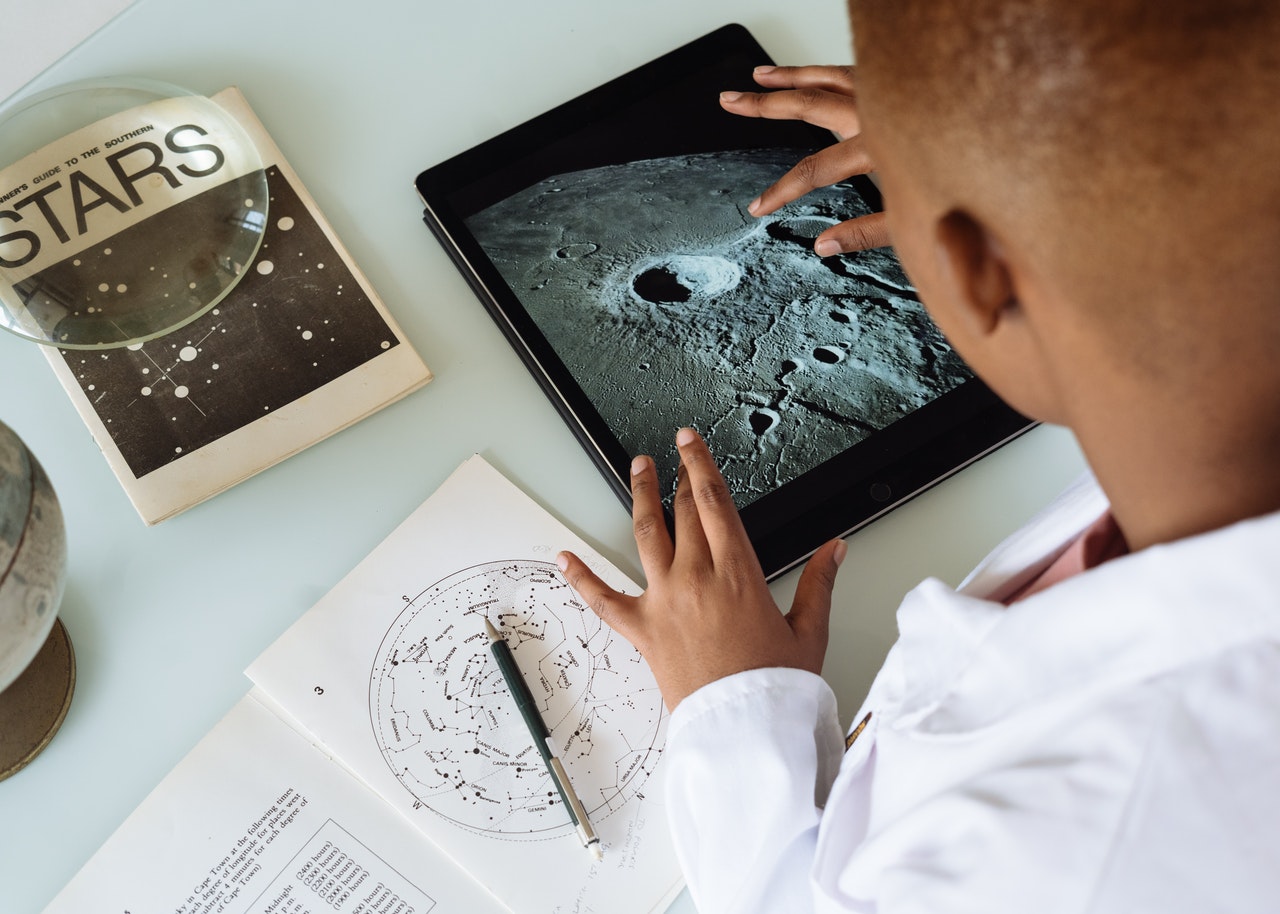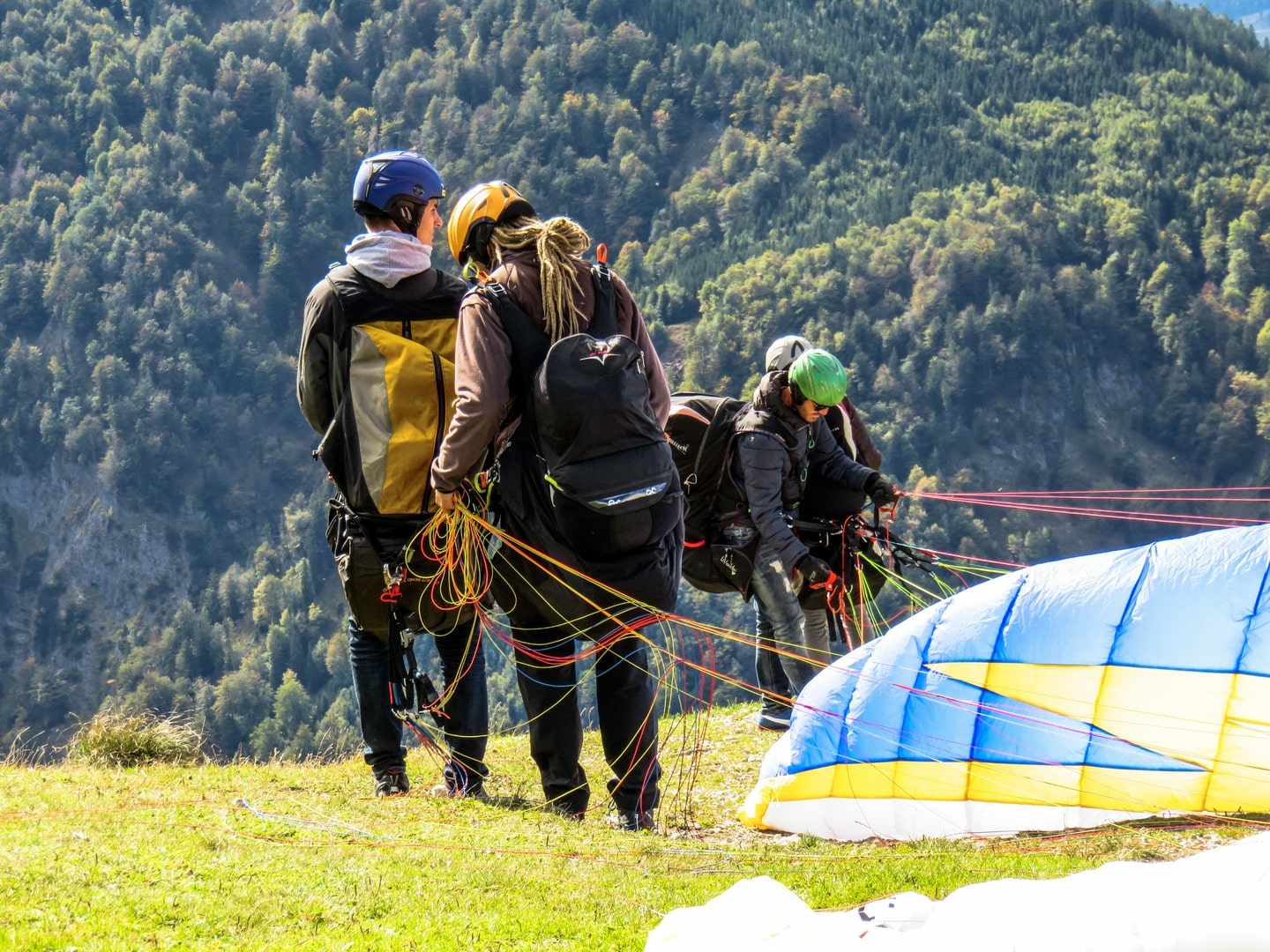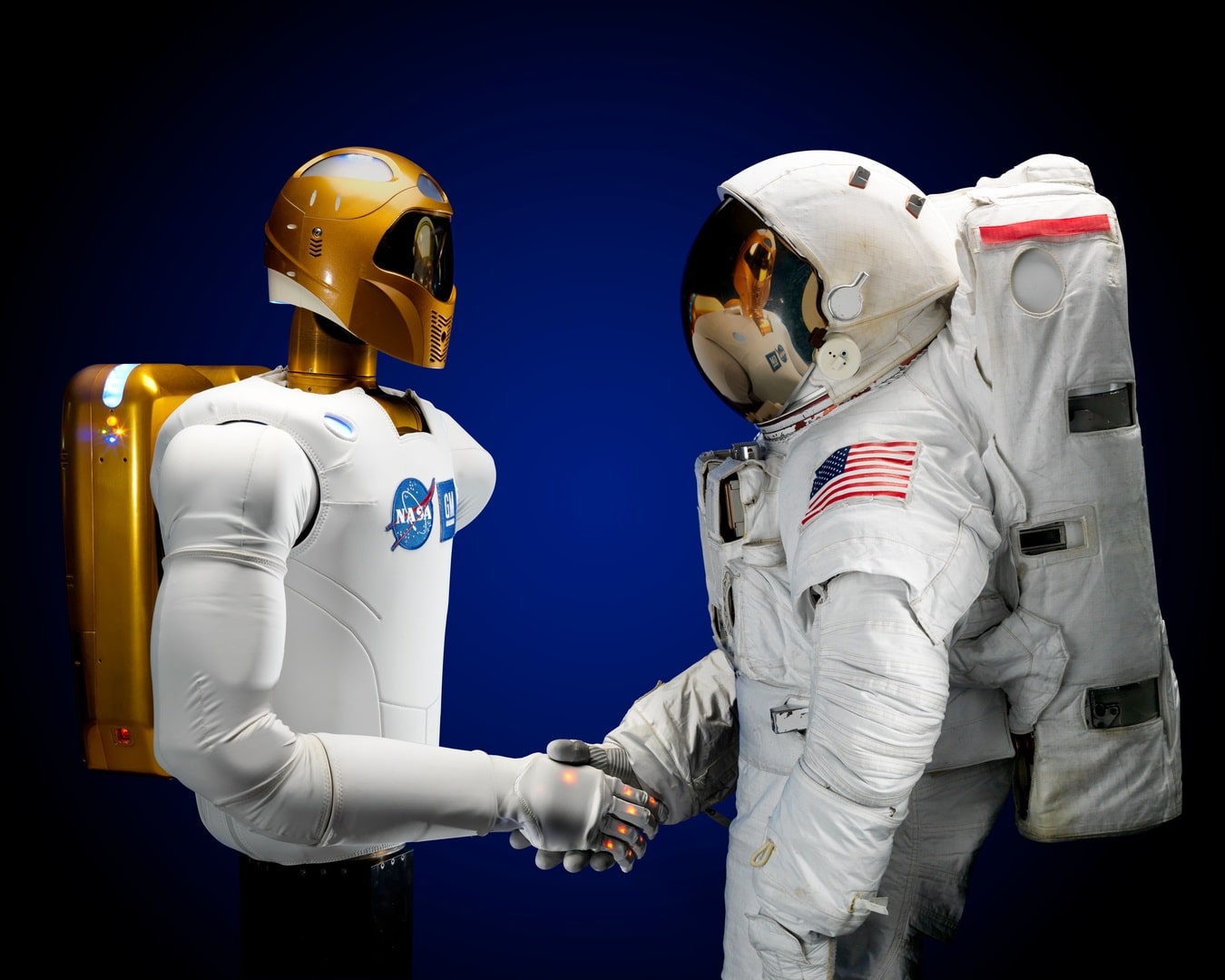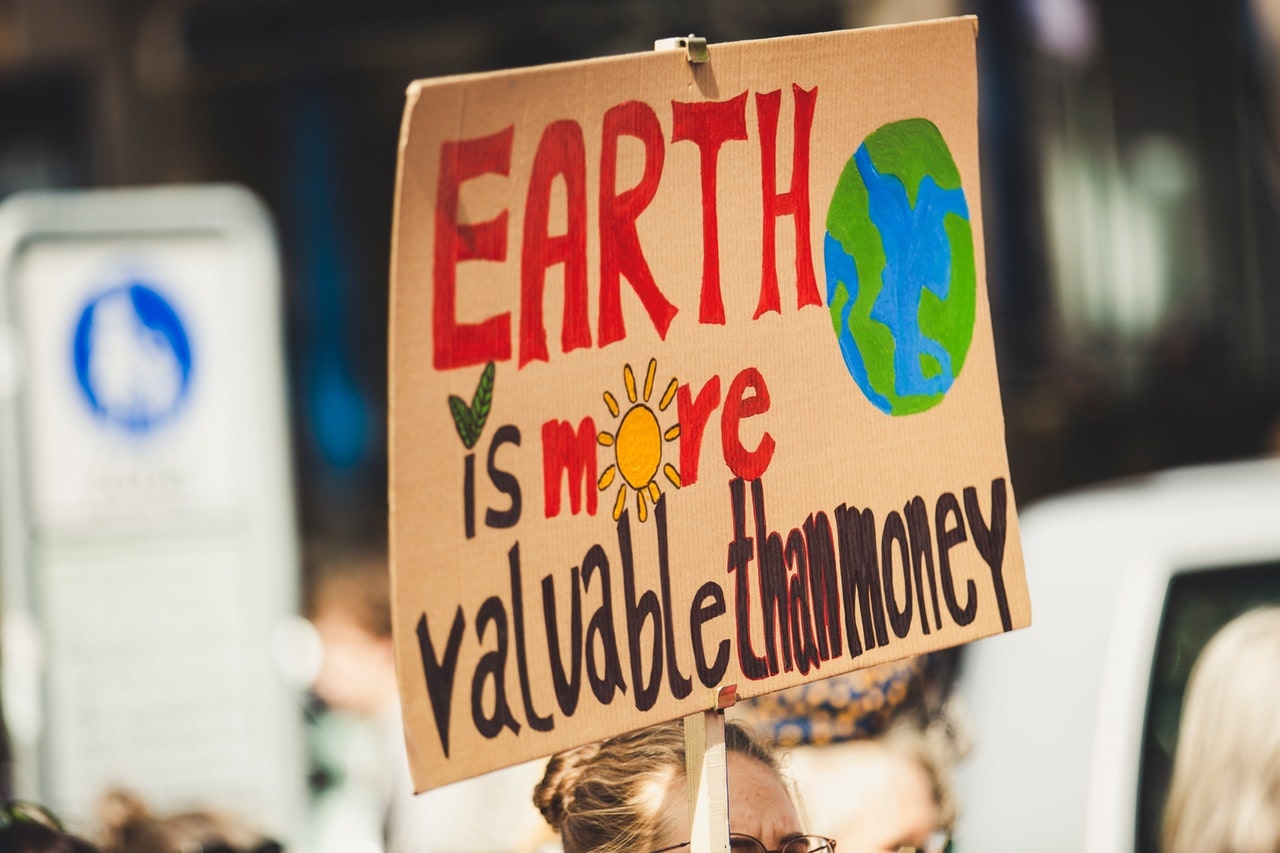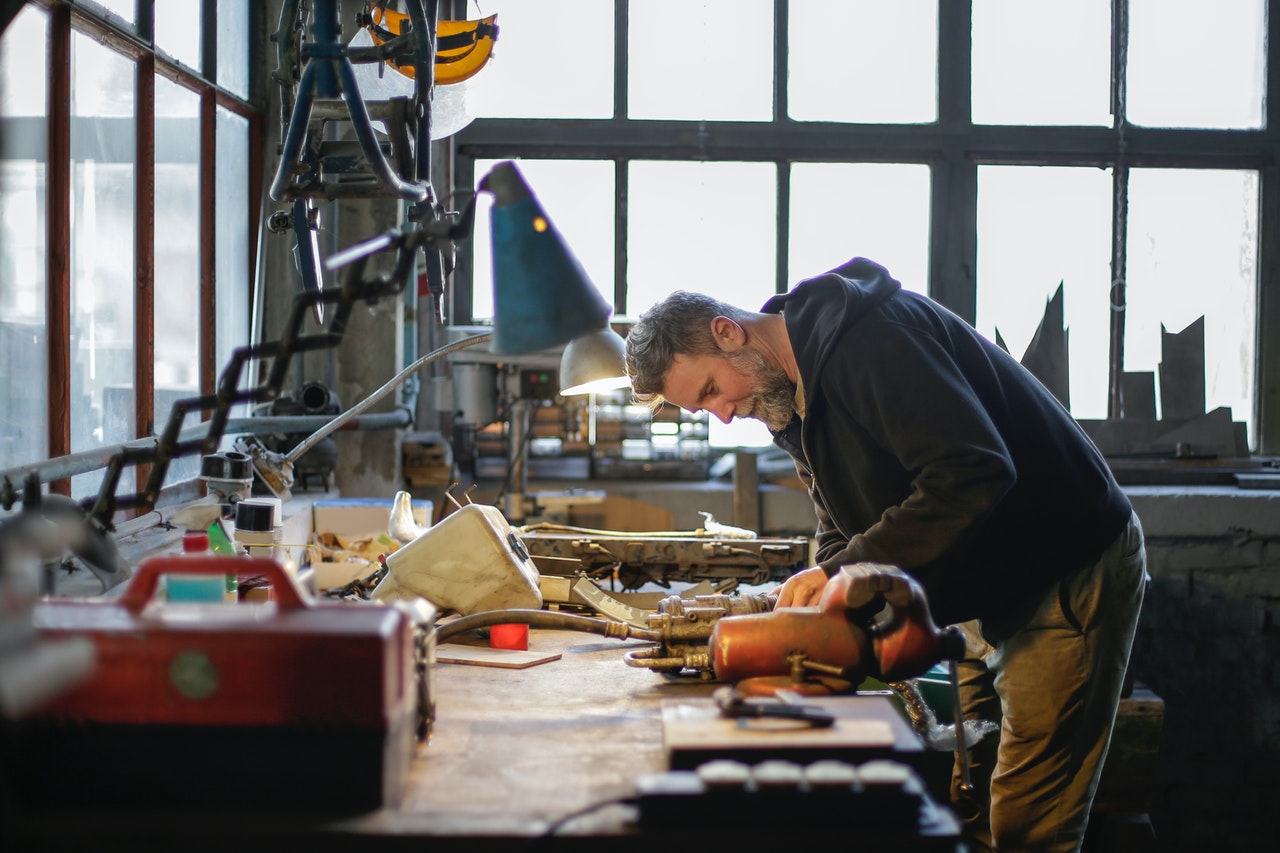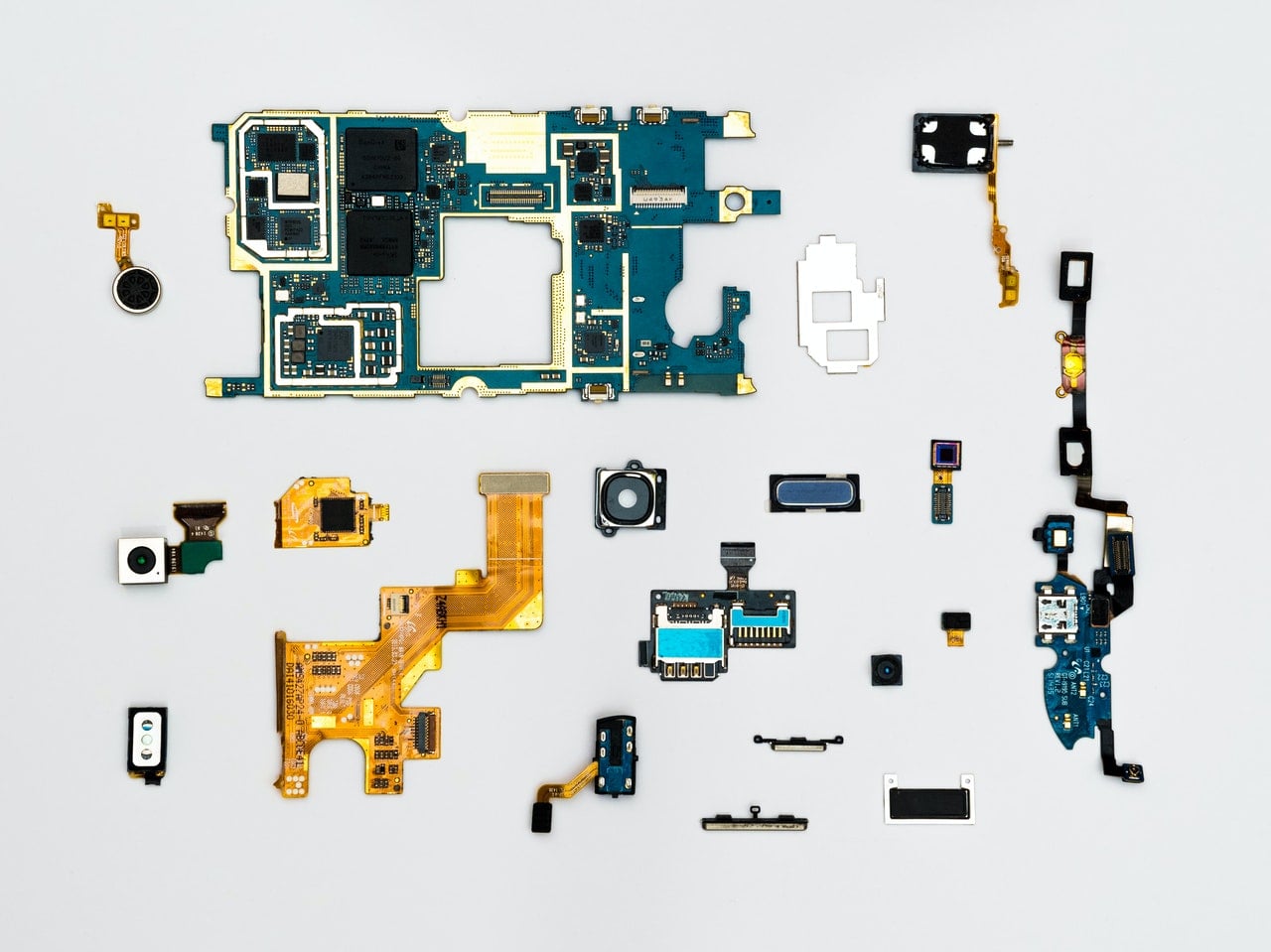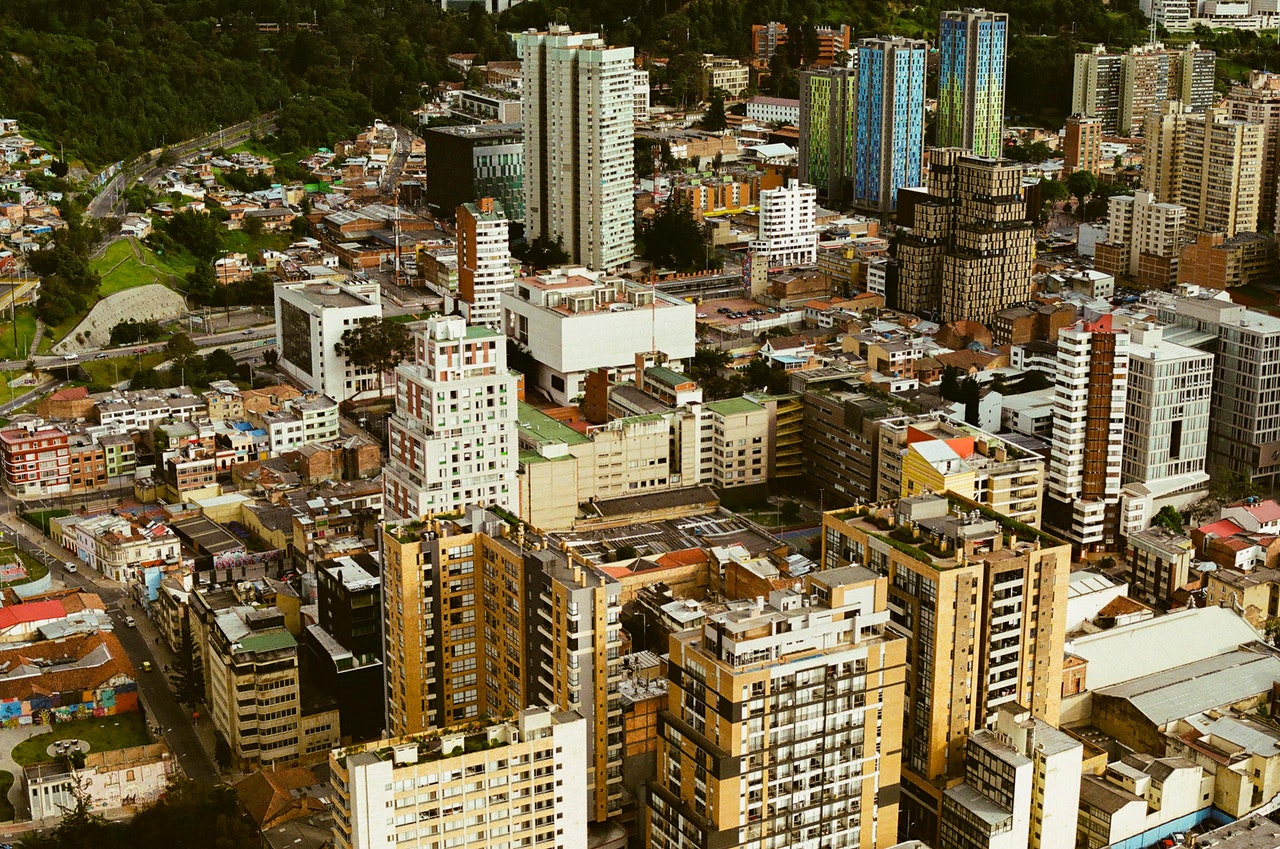AI in Wildlife Conservation: Using AI for wildlife monitoring and anti-poaching efforts.
Wildlife conservation is an urgent global concern as countless species face the threat of extinction due to habitat loss, poaching, and human-wildlife conflicts. In the fight to protect our planet’s biodiversity, Artificial Intelligence (AI) has emerged as a powerful ally. By leveraging AI-driven technologies, wildlife conservationists are revolutionizing wildlife monitoring and anti-poaching efforts, providing a ray of hope for endangered species. This blog explores how AI is transforming wildlife conservation, empowering researchers, rangers, and organizations to better safeguard our precious wildlife.
AI-powered Wildlife Monitoring
- Camera Trap Analysis:
AI has revolutionized the analysis of camera trap data, which involves images and videos captured in the wild. Traditional manual review of vast amounts of footage is time-consuming and resource-intensive. AI-powered computer vision algorithms can automatically identify and classify animals from these images, streamlining the monitoring process and providing researchers with critical data on species abundance, behavior, and distribution.
- Acoustic Monitoring:
AI algorithms are employed to analyze audio data collected from remote locations to identify specific animal vocalizations. This acoustic monitoring helps track elusive and nocturnal species, such as birds, amphibians, and mammals, providing insights into their population trends and behaviors.
- Satellite Imagery:
AI and remote sensing technologies allow for the analysis of satellite imagery to monitor changes in wildlife habitats, deforestation, and encroachment. These insights aid in conservation planning and identifying areas requiring immediate protection.
- Migration Pattern Analysis:
AI-driven data analytics can process GPS tracking data from tagged animals, such as migratory birds and marine species. By analyzing movement patterns, researchers gain a deeper understanding of migration routes, stopover sites, and potential threats along their journeys.
AI in Anti-Poaching Efforts
- Real-time Surveillance:
AI-powered systems can process live video feeds from drones or surveillance cameras in protected areas. By automatically detecting human activities and potential threats, such as poachers, rangers can respond promptly to safeguard wildlife.
- Predictive Analysis:
AI’s predictive capabilities enable the creation of models that anticipate poaching hotspots and areas of vulnerability based on historical data and environmental factors. This proactive approach allows conservationists to allocate resources more effectively.
- Smart Patrolling:
AI-based algorithms can optimize patrolling routes for rangers, considering factors like animal movement patterns, past poaching incidents, and environmental conditions. Smart patrolling ensures that limited resources are deployed where they are most needed.
Benefits of AI in Wildlife Conservation
- Improved Data Collection and Analysis:
AI expedites data collection and analysis, providing conservationists with real-time insights into wildlife populations, behaviors, and threats. This knowledge forms the foundation for informed conservation decisions.
- Enhanced Protection Efforts:
AI-powered anti-poaching systems offer continuous surveillance and rapid response capabilities, significantly improving the protection of endangered species and sensitive habitats.
- Early Warning Systems:
AI’s ability to predict and identify potential threats allows conservationists to act proactively, mitigating risks before they escalate into major challenges for wildlife.
- Increased Efficiency:
Automating tasks like data analysis and monitoring reduces human effort and resource expenditure, enabling conservationists to focus on strategic interventions and fieldwork.
- Global Collaboration:
AI facilitates data sharing and collaboration among conservation organizations worldwide, fostering collective efforts to protect and conserve wildlife.
Challenges and Future Prospects
Despite its numerous benefits, AI in wildlife conservation also faces challenges. Access to technology in remote areas, ensuring data privacy, and managing the ethical implications of AI use are important considerations. Additionally, the cost of implementing AI-driven solutions can be a hindrance for some conservation organizations.
Looking ahead, continued research and innovation will further refine AI algorithms and improve their accuracy in wildlife monitoring and anti-poaching efforts. Collaborative partnerships between conservationists, tech companies, and governments will be crucial in leveraging AI’s full potential for wildlife conservation.





